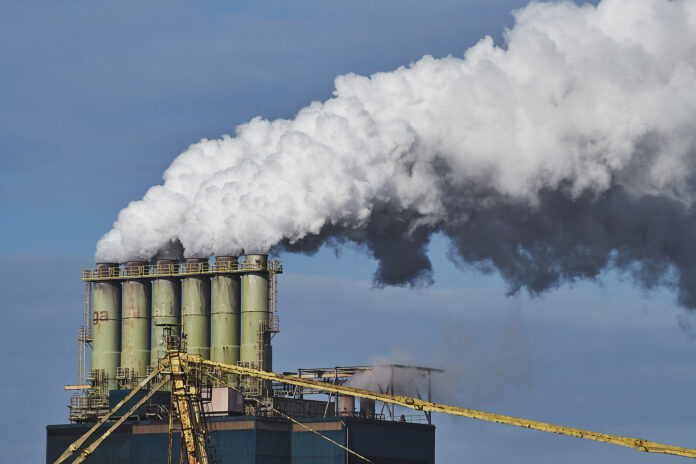In the urgent need to curb climate change and minimize the harmful effects of human activity on the atmosphere, scientists and engineers are increasingly looking for technological solutions. These solutions range from innovative approaches to reducing greenhouse gas emissions to mechanical interventions to directly modify the atmosphere. In this article, we take a look at various attempts to change and improve the atmosphere and climate through technological measures.
1. carbon capture and storage (CCS)
CCS technologies aim to capture carbon dioxide (CO2) from industrial waste gases and then store it underground to prevent its release into the atmosphere. This helps to reduce the CO2 content in the atmosphere and thus reduce the greenhouse effect. Some innovative approaches combine CCS with the generation of clean energy from biomass, known as Bioenergy with Carbon Capture and Storage (BECCS).
2. ocean fertilization
Ocean fertilization involves the targeted addition of nutrients such as iron or nitrogen compounds to certain marine areas in order to promote the growth of phytoplankton. This phytoplankton can absorb and store CO2 from the atmosphere, which acts as a carbon sink. Despite promising approaches, however, there are also concerns about potential ecological impacts on marine ecosystems.
3. solar radiation management (SRM)
SRM methods aim to reduce the amount of sunlight reaching the Earth’s surface in order to reduce the warming of the atmosphere. One approach is to inject reflective particles such as sulphur aerosols into the stratosphere to scatter sunlight. This technique is similar to the natural phenomenon of volcanic eruptions and could help to achieve short-term cooling effects. However, there are considerable uncertainties and risks with regard to undesirable side effects such as regional climate change and damage to the ozone layer.
4. direct air treatment
Some companies are developing technologies to remove CO2 directly from the air by using special filters or chemical processes. These approaches could help to reduce the CO2 content in the atmosphere and thus mitigate the greenhouse effect. However, they still face challenges in terms of costs, energy consumption and scalability.
5. forest afforestation and restoration
The reforestation of cleared or degraded forest areas and the restoration of natural ecosystems can make a significant contribution to binding CO2 from the atmosphere. Trees and other plants absorb CO2 as they grow and store it in the form of biomass. Organizations such as the Trillion Trees reforestation initiative are committed to planting millions of trees worldwide to combat climate change.
READ ALSO: Everyday tips for improving climate quality
Can AI help in the fight against climate change? If so, how?
6. bioenergy with carbon capture and storage (BECCS)
BECCS combines the production of bioenergy from biomass with CCS technologies to not only generate clean energy, but also to remove and store carbon from the atmosphere. Biomass such as plant waste or fast-growing energy crops is burned to generate electricity, while the CO2 released is captured and stored underground.
7. artificial trees
Some companies are researching the development of “artificial trees” or CO2 absorbers that can remove CO2 from the air in a similar way to natural trees. These devices use special materials or chemical processes to absorb CO2 and then store or use it. Although still in the development phase, such technologies could offer an additional opportunity to reduce CO2 levels in the atmosphere in the future.
8. marine lime fertilization
Marine lime fertilization involves the application of lime to marine areas to increase the pH of the water and neutralize ocean acidity. This could help to reduce the acidification of the oceans caused by the absorption of atmospheric CO2. However, there are also concerns about potential environmental impacts and long-term effectiveness.
9. green roof technology
Installing green roofs on buildings can not only help to improve energy efficiency, but also contribute to carbon sequestration. Plants on green roofs absorb CO2 from the air and contribute to improving air quality in urban areas. They also help to store rainwater and reduce the urban heat island effect.
10. algae cultivation
Algae are extremely efficient CO2 absorbers and can be cultivated in special plants to produce large amounts of biomass while absorbing CO2 from the air. This biomass can then be used for various purposes such as bioenergy, animal feed or even bioplastics. However, the commercial scaling and efficiency of this technology remain challenges.



